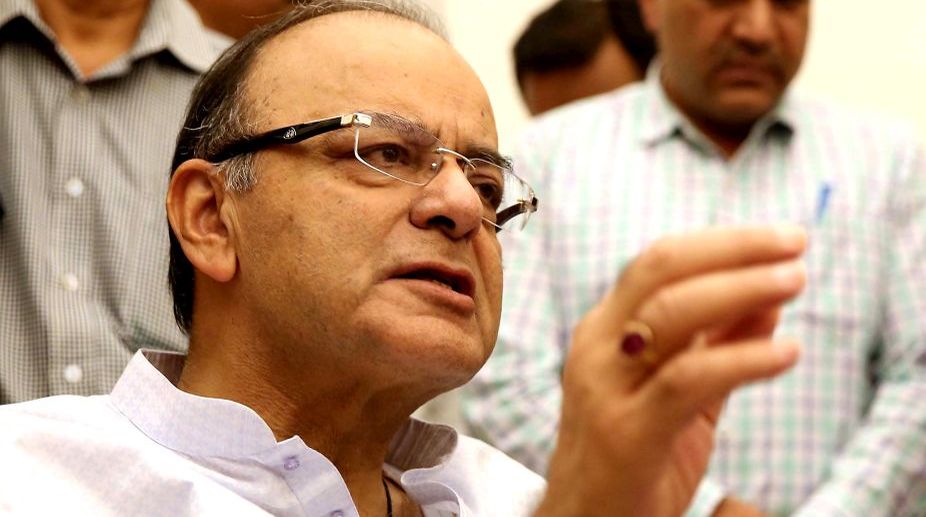FICCI suggests infra push, rationalising of GST slabs in FY22 budget
It noted that measures to revive the growth cycle, creation of jobs are of paramount importance in the current scenario.

Arun Jaitley (Photo: Shahnawaz Khan)
Finance Minister Arun Jaitley on Sunday said Goods and Services Tax (GST) slabs may be reduced in the future if a “revenue neutral plus” tax level is reached.
Jaitley made the remark at the “Foundation Day” event of the National Academy of Customs, Indirect Taxes and Narcotics (NACIN) in Faridabad.
Advertisement
According to the Minister, reduction in tax slabs under the current GST system can happen only after the regime reaches a “revenue neutral plus” level.
Advertisement
Jaitley termed government’s revenues as the lifeline of all development activities and that more resources with the state can be spent in national security, rural economy and infrastructure development.
Addressing the event, he pointed out: “Now, when people have the right to demand development, they also have the responsibility to pay for what is required for that development and therefore that’s the money that needs to be spent honestly for the larger benefit of the society and the country itself.
“In a society where there has been a large (fiscal) leakage, a society which did not conventionally mind being tax non-compliant society, today is undergoing a transformational change, where people are now slowly realising the virtues of greater (tax) compliance… that’s one of the reasons, why we have integrated most taxes into one.”
The pan-India GST was rolled out on July 1 and has since replaced around a dozen central and state taxes into a single national tax.
Jaitley observed that there exists further “space and scope” for improvement, especially to reduce “burden on small tax payers”.
“We have space for improvement (that) eventually, once we become revenue neutral — to think in terms of bigger reforms — such as lesser slabs but for that we have to become revenue neutral plus and it is to ensure this, we have to certainly ensure larger presence.”
Jaitley added that indirect taxes “impacts all” and therefore the most consumed items by the masses have been kept in the least taxed category.
At present, there are four tax slabs of 5, 12, 18 and 28 per cent, plus a levy on cesses on luxury items like cars, aerated drinks and tobacco products to compensate states for any revenue losses in the first five years.
An overwhelming 81 per cent of items under the GST regime attract tax of 18 per cent or below and only about 19 per cent of items are taxed at the highest rate of 28 per cent.
Advertisement